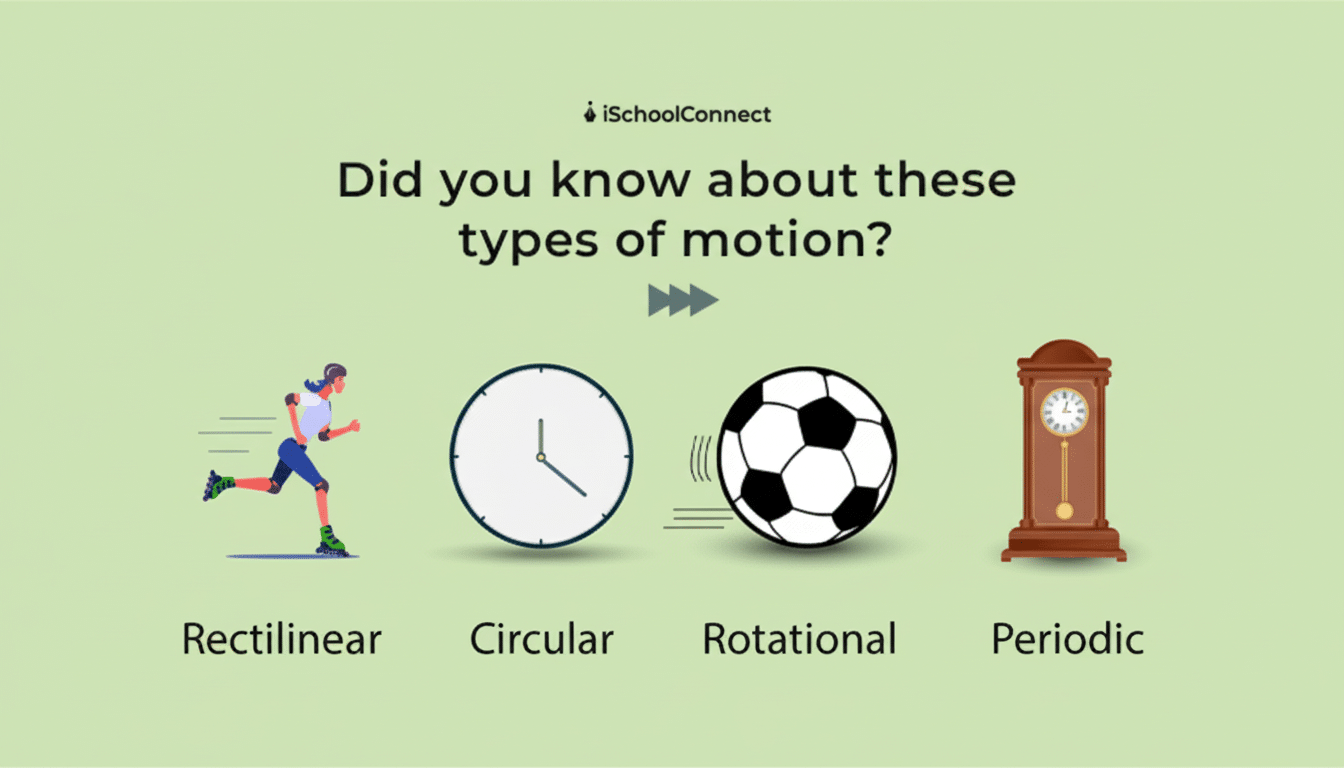So Motion, a startup that has drawn backing from investors at Y Combinator, reached back for some cash of its own to turn a suite of its AI agents into something akin to a Microsoft Office-like utility for SMBs. The round, led by Scale Venture Partners’ Stacey Bishop, comes with a valuation of around $550 million post-money and brings total funding to $75 million, with involvement from HOF Capital, 468 Capital, SignalFire, Valor Equity Partners, Fellows Fund, Leonis Capital, Apollo Projects, and follow-ons from Y Combinator.
The idea is straightforward but audacious: rather than purchasing piecemeal A.I. tools for sales, support, scheduling, and marketing, Motion packages interoperable agents to share context, pass off work, and plug into the software stack currently in use for small and midsize businesses.

What Motion is building
Motion got its start as an AI-powered calendar and to-do-list app after joining Y Combinator’s Winter 2020 batch. It has since matured into a unified “agentic” platform with an executive assistant for scheduling, notes and email; a sales representative; a customer support agent; and a marketing assistant that drafts blog post and social media updates. Each agent can work alone while working as a joint part of a team, minimizing the sort of manual glue work teams typically do between tools.
The suite plugs into the typical SMB toolkit — Slack, Google Workspace, Microsoft Teams, Salesforce and more — so that agents can read and write data where work already happens. Motion charges on a usage model: a base allotment of credits with tiered pricing; from $29 a month providing a single seat with minimal functions, up to $600 for 25 seats with access to any and all agents and 250,000 credits, plus overages as required.
Co-founders Harry Qi (CEO), Omid Rooholfada, Ethan Yu and Chander Ramesh are clear on the analogy: productivity was democratized by bundled apps that were designed to work together. And, eventually, they think AI will follow the same path — across from fragmented pilots to a unified, general purpose agent suite.
Why an ‘Office’ for agents makes a difference
Start with a point solution, and you start off easy but scale is hard. Companies soon learn that a chatbot in support, a messaging generator in marketing, or a call summary tool for sales lack context and policy integration, making most automation tools fall short. Data silos, uneven prompts, and redundant integration labor ramp up costs and kill trust.
A suite of bundled agents might coordinate end-to-end workflows: a support agent escalates a high value ticket to sales including full context; the sales agent schedules follow-up via the assistant; the marketing agent updates FAQs when patterns emerge. It’s that handoff that so many vendors talk about but few execute at scale, because it requires memory sharing, roles-based guardrails and consistent actions across APIs.
The timing corresponds with a larger market move.
For years, consumers and companies have been able to access loans with the signature of a borrower and a promise to repay.
The consulting firm McKinsey estimates that generative A.I. could add up to $4.4 trillion each year in economic value, but most of the gains that have been realized to date stem from tasks that are clear and repetitive. A suite that minimizes the integration tax and time to value will be nothing less than enticing for cash-strapped SMBs, while the consumption pricing looks far more SaaS-y than traditional SaaS.

Inside the round and the strategy
Motion says the $38 million Series C was oversubscribed at 5x, with a preemptive C2 add-on after the close. The company has attracted a combination of early- and growth-stage backers and has included YC in every round. A telling signal: Ashutosh Desai, a longtime YC adviser and executive coach to Qi, joined the company full-time — a possible sign of founder-operator fit and hands-on scaling.
The company will use the capital to “go deepest with the agent suite, expand into integrations, and really harden the controls that enterprises are starting to demand more and more — observability, policy management, and audit trails for AI actions.” That last part is crucial: A powerful agent is only as useful as our ability to measure and control it.
Competitive landscape and differentiation
Motion enters a crowded arena. Microsoft is integrating Copilot more tightly with 365 and Teams. Google Google’s agentic features are rolling out across Workspace and Vertex AI. Salesforce is pushing Agentforce to integrate CRM flows. More recent entrants are targeting niche agents for software development, research or revenue operations.
The wedge for Motion is the SMB segment: organizations that require real automation but who cannot afford to simply deploy bespoke agents, or bear heavy prompt engineering. And with its pricing based on credits and ready-to-use playbooks, it wants to collapse deployment from months to days. If Motion can deliver reliable interagent orchestration — less hallucinatory agents, more tool usage, cleaner handoffs between agents — then it will be able to defend its bundle against incumbent suites like IBM, Microsoft and CA and block-point tools alike.
What to watch next
Three signals will indicate whether Motion’s ‘Office for agents’ thesis is correct: activation (how many customers are using multiple agents within the first month), retention (do teams grow seats and workloads over time), and accuracy (are we measurably cutting down on manual rework as agents coordinate on tasks). You can expect that Motion will slowly release verticalized templates — agency, professional services, or IT help desk come to mind — that workflows are repeatable and value is easily quantifiable.
Qi, a former quant who walked away from seven figures, frames it simply: If you’re going to grow a company around the technology, AI needs to be something that is genuinely useful, not just flashy. With fresh capital, a maturing product and its bet on bundling standing, the task for Motion now is to show that an integrated stack of agents can become daily software — akin to the productivity suites that transformed office work in its wake.

